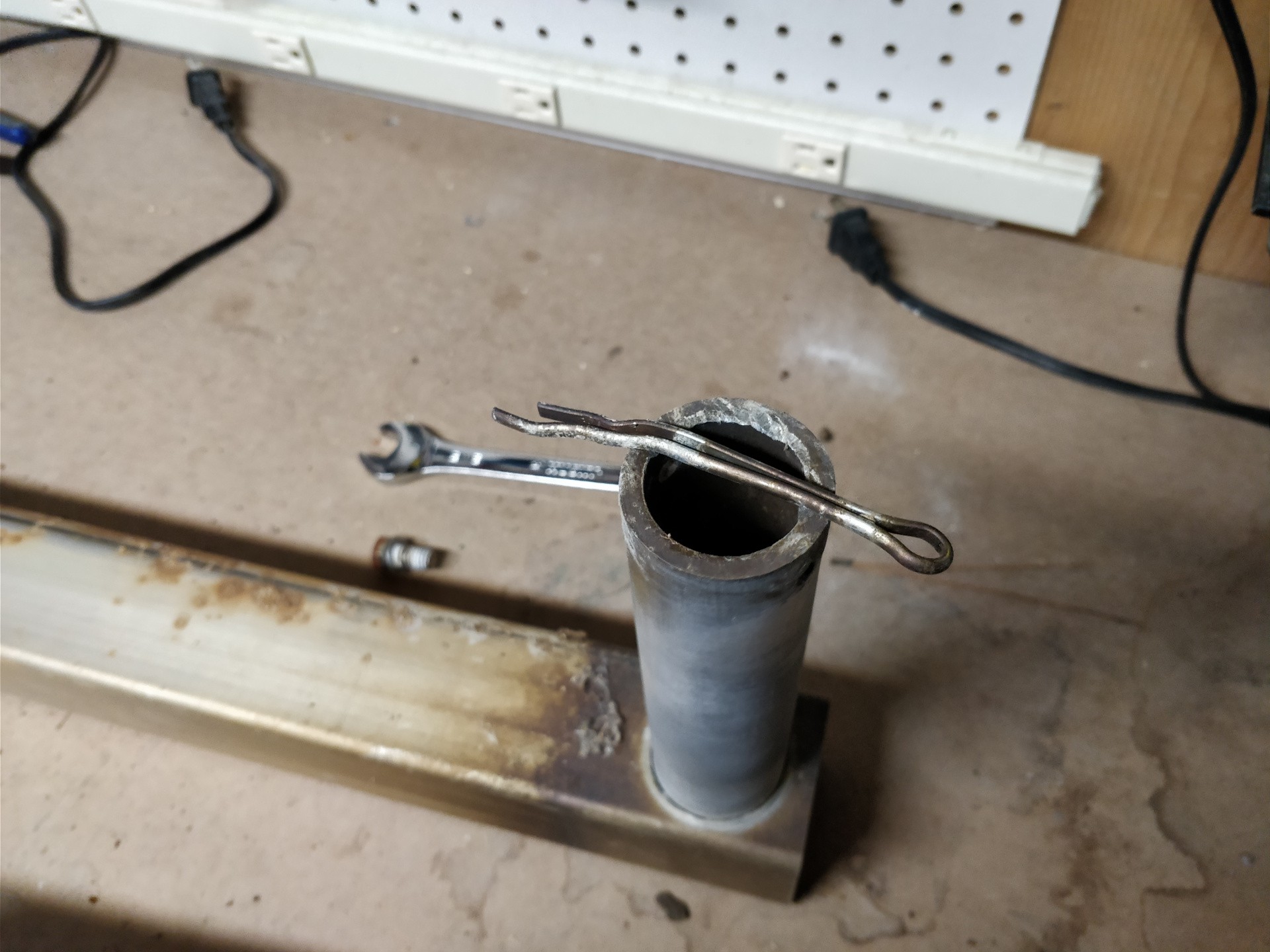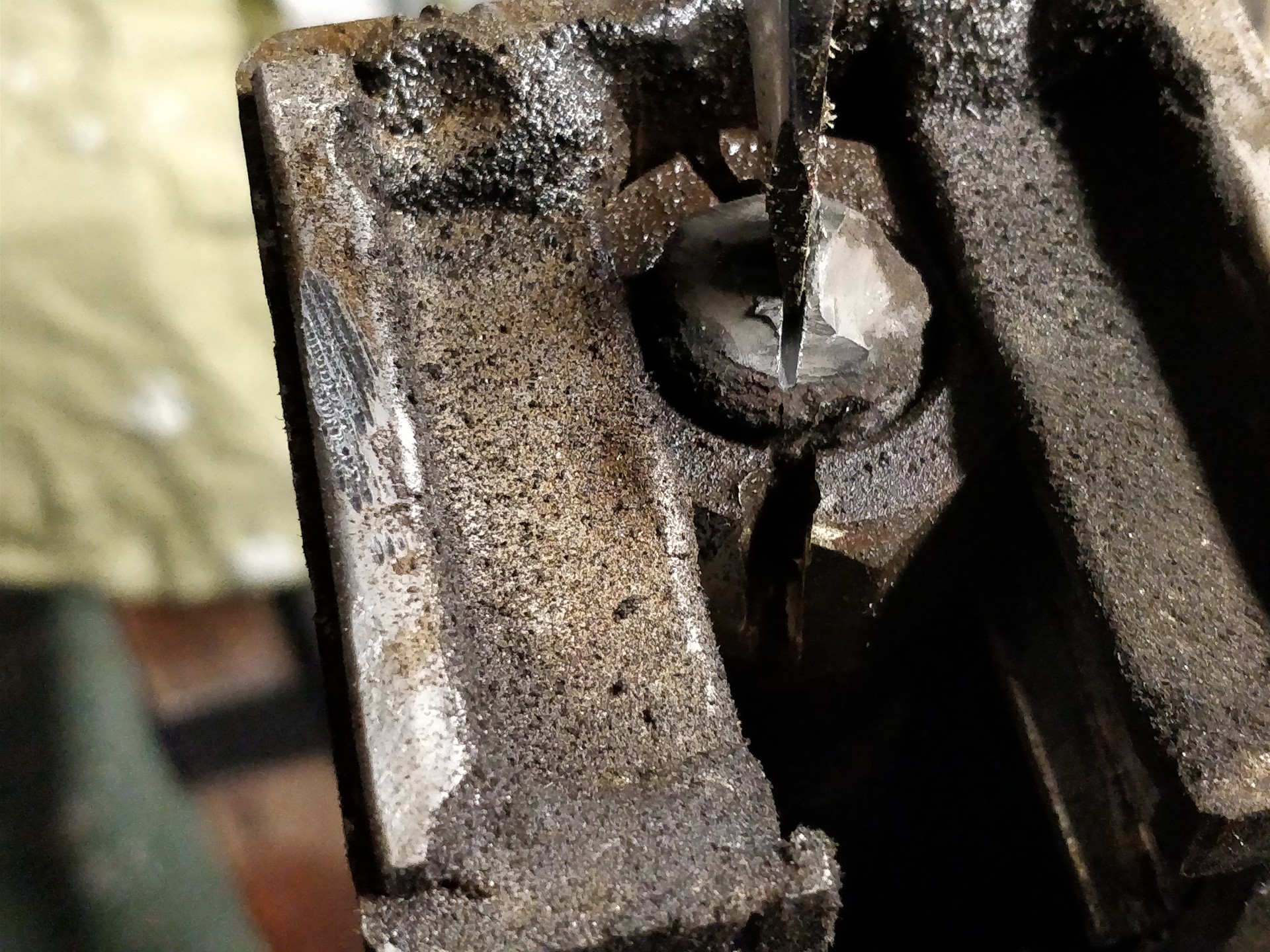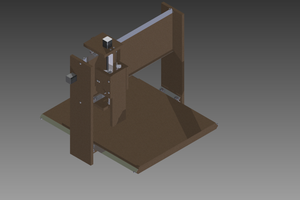Floe has a wheel kit assembly and installation guide that shows the location of the part ("wheel kit assembly", p/n 110-00146-02) I am refurbishing: https://floeintl.com/wp-content/uploads/2018/03/610-17300-00_Medium_Wheel_Kit_DISC.pdf
Floe Aluminum Dock Lead Screw Replacement
Floe docks have ACME screws for height adjustment, but they can rust up and aren't designed to be user-replaceable. Hmmm...
 zakqwy
zakqwy I unscrewed the three aluminum posts, revealing the Acme screw:
I unscrewed the three aluminum posts, revealing the Acme screw:

 Then I cut an access hole in the side wall of the square aluminum tube, which allowed me to slice the nut the rest of the way:
Then I cut an access hole in the side wall of the square aluminum tube, which allowed me to slice the nut the rest of the way:





 Eric Hertz
Eric Hertz
 Steel_9
Steel_9
 BreeStephany
BreeStephany
 Quinn
Quinn
This was gold, thanks for taking one of these apart zakqwy, I searched every inch of the internet trying to find pictures of how these legs were build.
I'm building an aluminum pier and telescoping legs and wanted to build something similar. Curious e-randy how the Loctite Red worked for holding the nuts. I don't like the idea of drilling the bolt and creating a weak point, etc.